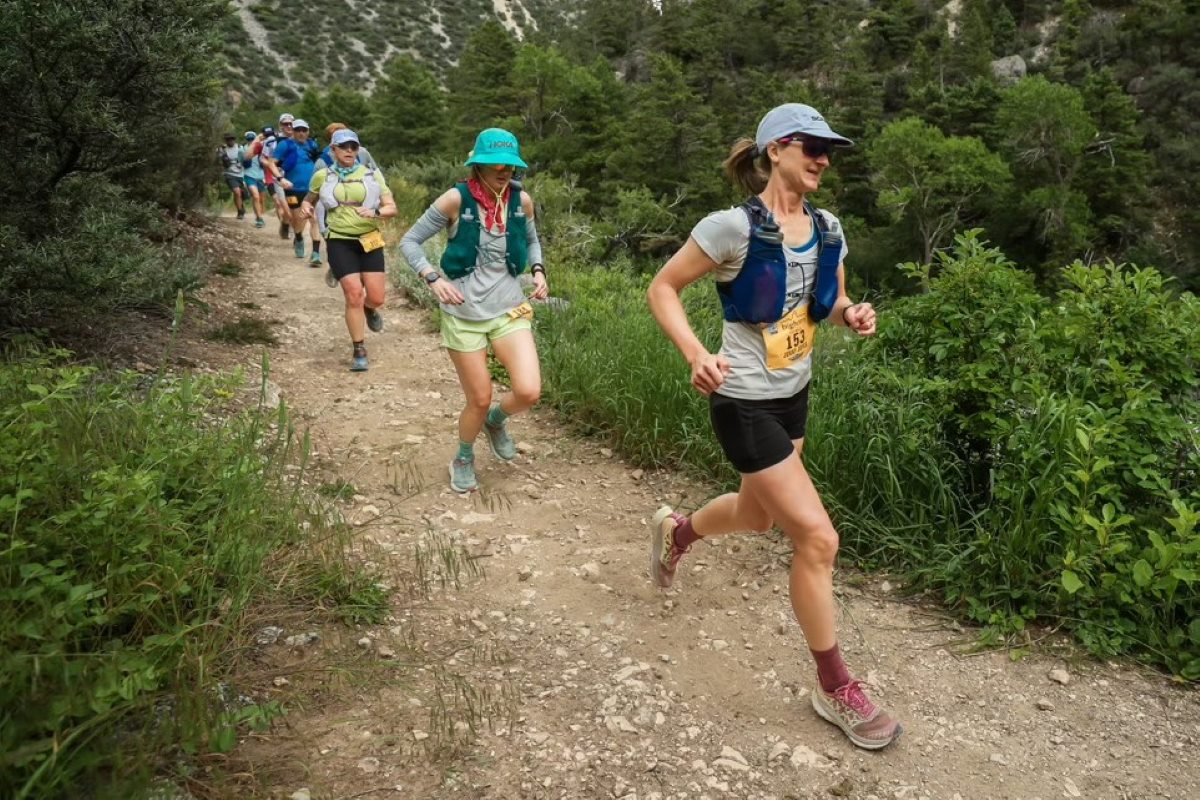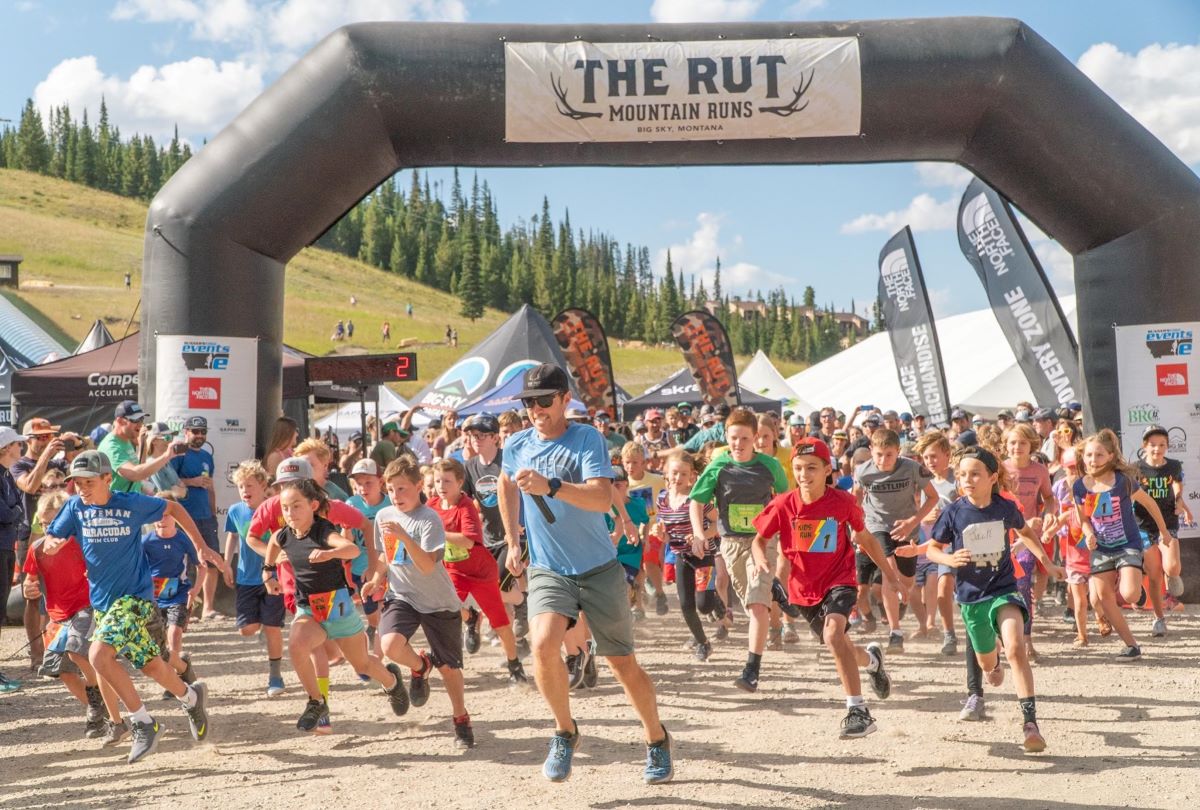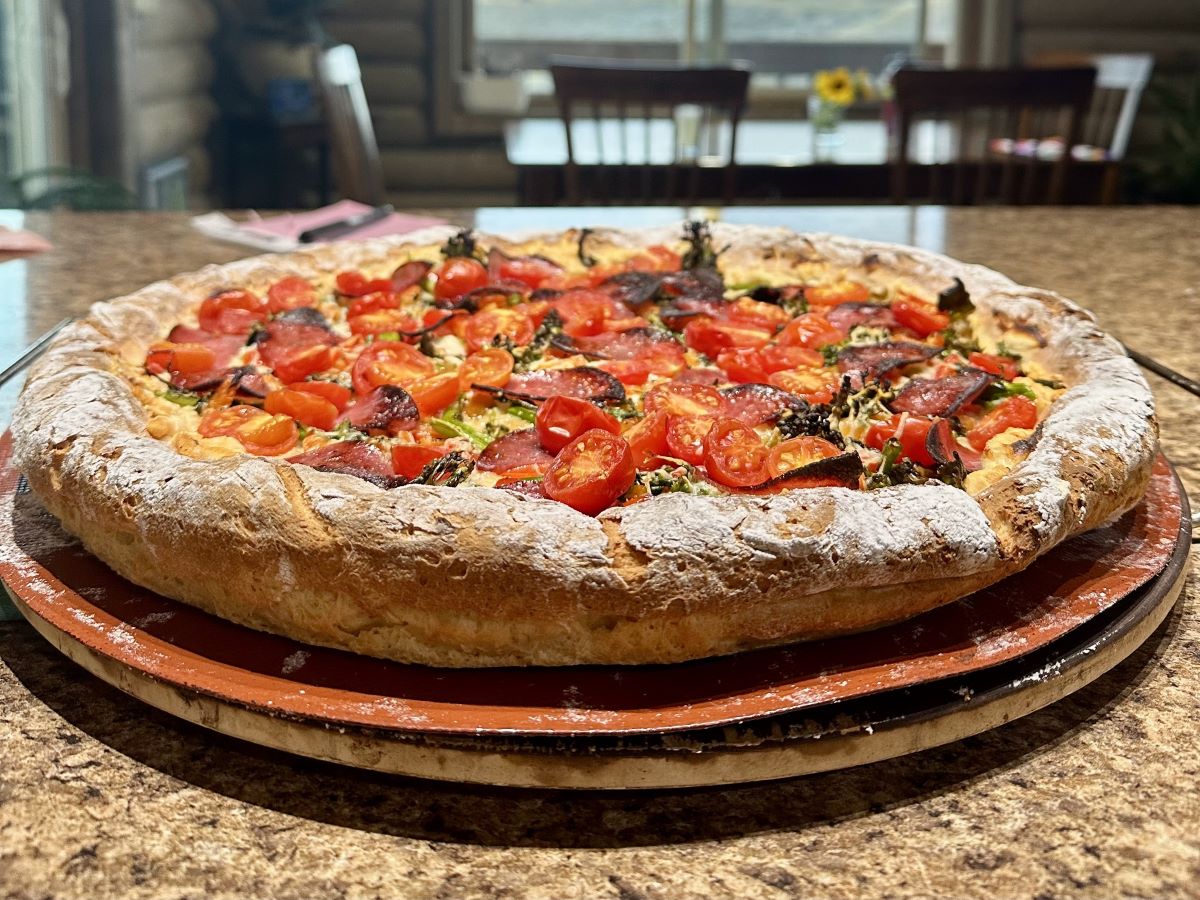In this monthly article series, ultrarunner, race director, and coach Gabe Joyes answers reader questions about anything and everything running. Learn more about this ask-the-athlete column, and be sure to fill out the form below to submit your questions for a future article!
In this article, Gabe answers questions about shoe choice, overtraining, social media, and the all-important Friday night pizza.

Gabe’s tip of the month: It is Thanksgiving time in the U.S., that time of year when we are encouraged to focus on gratitude. Rather than making this merely an annual tradition, I encourage you to embrace this mindset throughout the year on all of your races and runs. Start by eliminating the word “sufferfest” from your vocabulary, and recognize that “slogging” is only a state of mind. Being grateful that you have the time, resources, landscape, support network, community, health, and more available to go on a self-chosen adventure is a privilege, and there is no suffering in that. On some level, all of us are looking for a challenge on our long runs, so when those difficult moments arrive, don’t make yourself the heroic victim of your own story. Instead, consider being grateful for the opportunity to even be in that moment. Photo description: Your author in a difficult moment at the Lavaredo Ultra Trail, but still grateful to be there! All photos courtesy of Gabe Joyes.
Shoes for 100-Mile Races
What characteristics do you look for in a 100-mile race shoe? -Shelbie
Having a shoe that works for an entire 100-mile race is a big ask! I wore my favorite precise fitting shoe with a quicklace at the 2018 Bighorn 100 Mile, but the tendons in the top of my feet were cut to bits in the second half of the race — my feet started to swell, but I could not loosen my shoes as the quicklace was immobile with mud. I didn’t run for weeks after the race.
A shoe that is comfortable and confidence-inspiring is key, but the problem is that most people’s feet and foot strike change during the 18 to 48 hours it might take to run 100 miles. A reasonable amount of extra width and height in the toe area goes a long way to protecting toes in the back half of the race, while having a heel and midfoot that are securely locked in is important for confidence.
While some level of cushion is undeniably helpful in 100 milers, the “more is always better” view does not always pan out here. Overly cushioned, marshmallow-looking shoes generally lack stability and structure for feet and ankles to work correctly, while shoes that go too far on the minimalist end of the spectrum are just painful in the long run. I’ve done really well with a heel-to-toe stack height of 28 to 24 millimeters (4-millimeter drop.)
All that being said, there is nothing wrong with switching shoes part way through a race, as sometimes some fresh cushion-y foam and extra wiggle room can be that priceless boost you need at mile 80!
Social Media and Sponsorships
How much does social media and other media matter for an athlete who wants to work with brands? -Jason
Consider these two scenarios:
Scenario 1: You share some miles with an elite/influential athlete at the beginning of a race and have a great time chatting. After the race you have a burger and a beer with them and a high-five before heading your separate ways.
Scenario 2: An elite/influential athlete has an expertly edited a fast-paced a reel on Instagram that flashes hero photos and videos before your eyes. Then you continue on and scroll to a @yaboyscottjurek post and giggle uncontrollably. Repeat.
Which interaction is going to have a more meaningful impact on you? While social media’s broad reach is undeniable, my feeling is that the people who are out there in the community regularly racing, volunteering, crewing, leading run clubs, or even race directing, are the ones that actually have the deepest and most meaningful reach. This type of person is the foundation of the trail community, and even if a brand’s Instagram analytics fails to recognize this, everyone else sees it and appreciates you.
Overtraining
How do I know if I’m overtraining? And, how do I know if I am peaking too soon before my race? -Dusty Ray
As we put in tons of time, miles, and/or vert while training for a race, remember that the accumulated fatigue from this is actually going to make you temporarily slower. Our capacity for fitness (what we are capable of physically) is increasing, but our form (what we are capable of physically at the moment) is decreasing. The way we balance this out is with a recovery period in our training — only after the recovery period do we expect to see a rise in fitness and form.
If you find yourself training relentlessly, but never applying some recovery periods, you run the risk of overtraining. If you begin to feel unmotivated or uninspired by your training, or you are too tired to function normally in the rest of your life, you might be overtraining. Sometimes athletes will look at this fatigue induced tiredness and think, Oh no, I am losing fitness, I better train even harder! The reality is that they need a chance to absorb all the hard work they have done. For most runners, a week of significantly decreased training volume and intensity in conjunction with plentiful calories and sleep turns around most issues with being overtrained.
Friday Night Pizza
Where does your family’s Friday night pizza tradition come from? How much pizza is too much pizza? What is your gluten-free pizza recipe? -Various
Have you ever thought about the entirety of an ultramarathon and have been overwhelmed by how large it is? I always distance myself from the person who groans “only 99 more miles to go!” when everyone’s watch beeps at mile one. My approach is to break races up into manageable chunks, and I often only think about how much farther away the next aid station is — and not the finish line. My family takes this “from aid station to aid station” approach for much of life as well, and for us Friday night pizza is our weekly “aid station.”
For us, it is a celebration of making it through another week, especially during the cold and dark weeks of winter. As far as how much pizza is too much pizza, I often prescribe to the athletes I coach — “eat an entire pizza” after a race and that feels very reasonable to me. If you want to know about our gluten-free sourdough crust recipe that was developed over the course of the past decade — stay tuned.
Submit Your Questions
Send us your questions! Use the form below, and we’ll consider your questions for future articles.
Call for Comments
- What do you think of Gabe’s answers to this month’s questions? Is once a week enough frequent for pizza night?
- What other questions do you have for Gabe? Send them our way!




